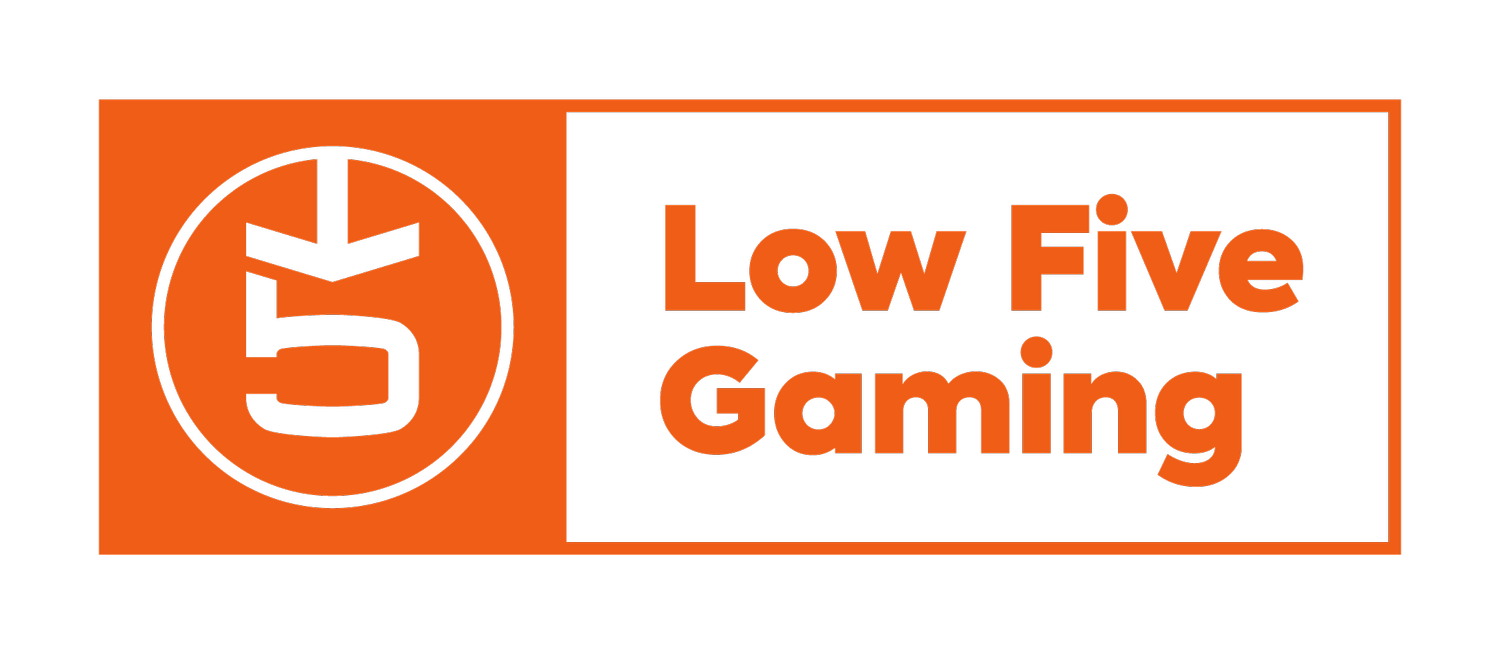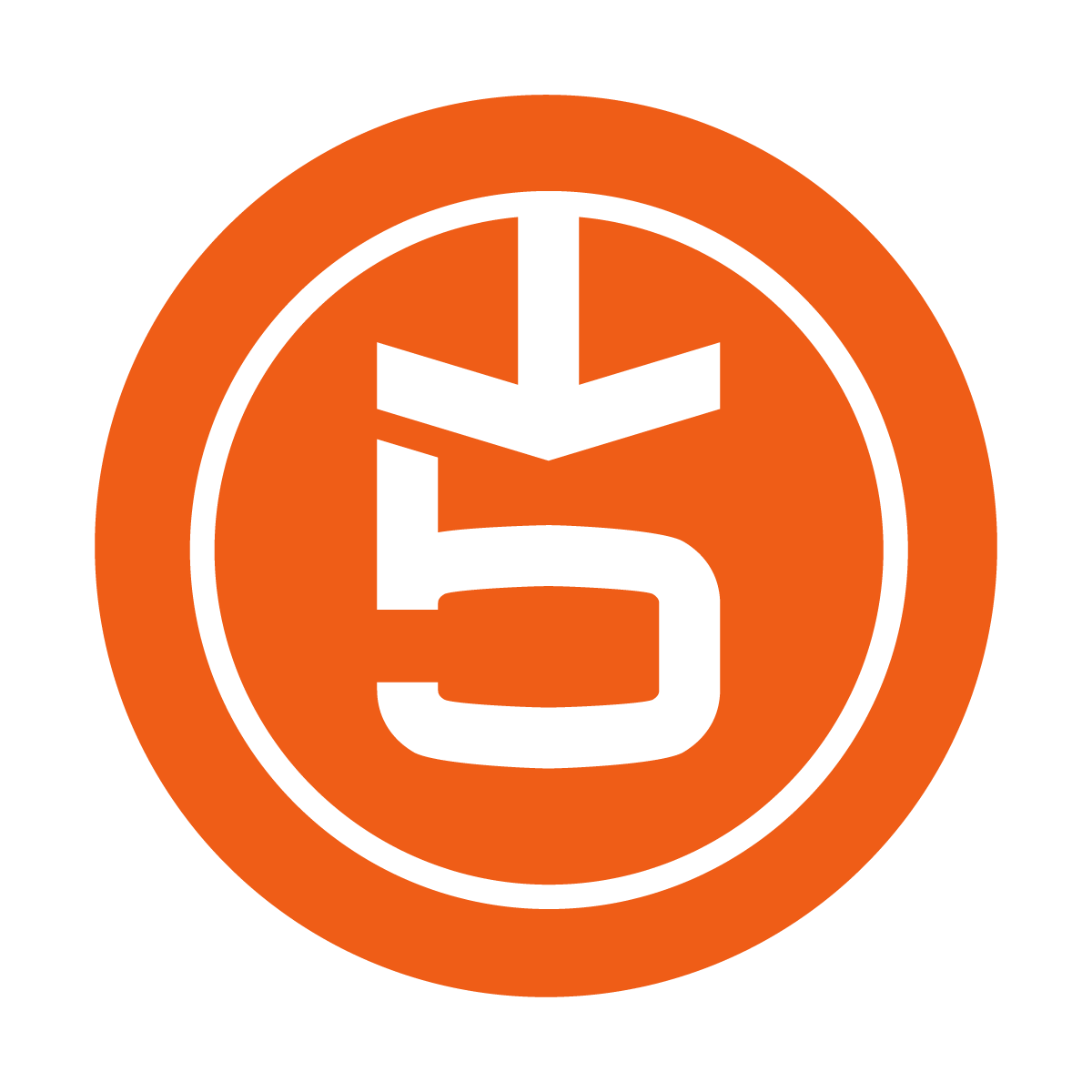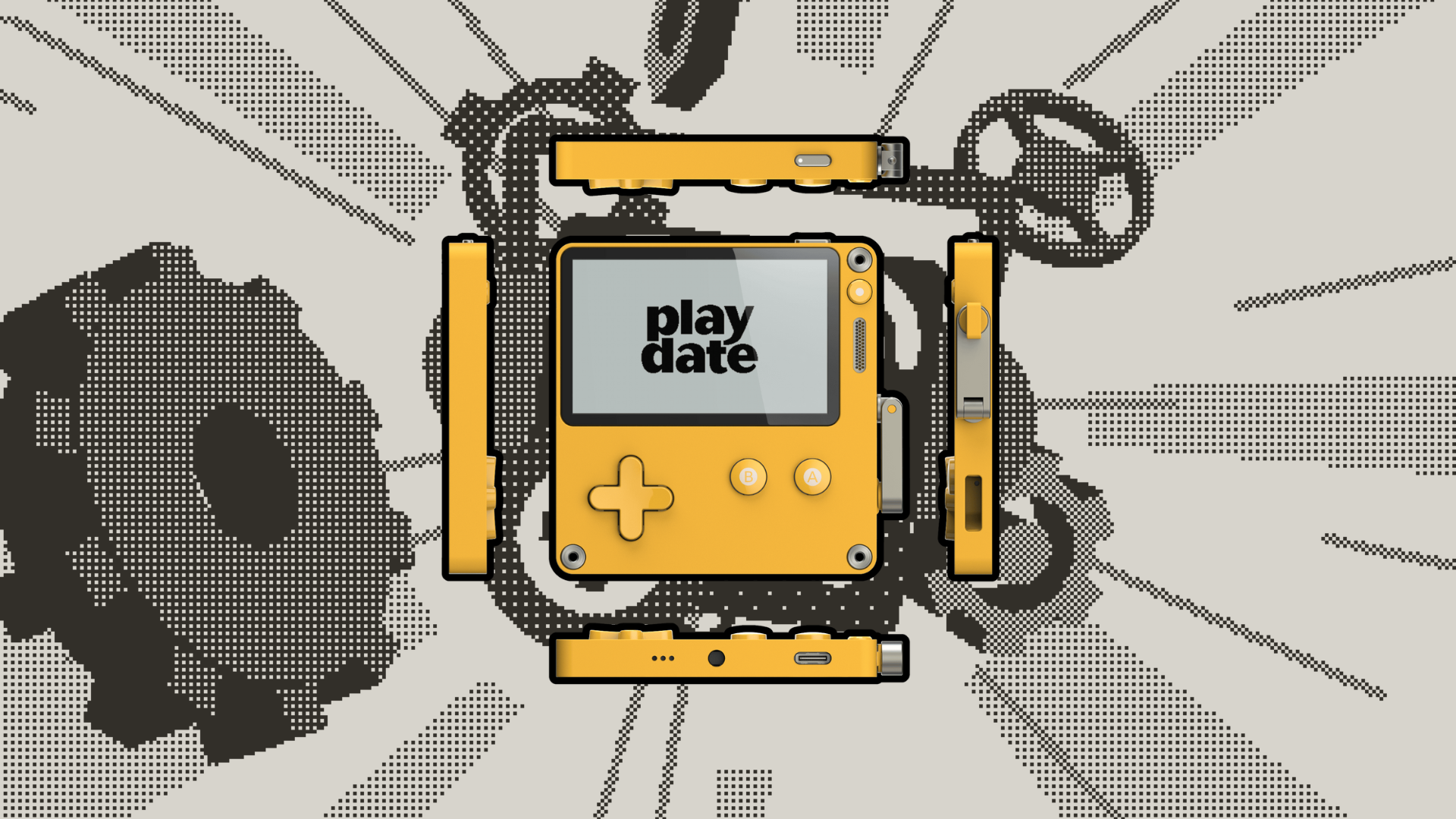What Is the Playdate? The World’s Quirkiest Handheld Console
Setting the Stage: The Moment Playdate Hit My Radar
I can’t pinpoint the exact day Playdate entered my world, but I do know it was one of those rare moments when gaming felt new again. Playdate’s official announcement dropped on May 22, 2019, making waves with a cover story in Edge magazine. I probably first saw it on something like IGN, The Verge, or maybe Game Informer, but wherever it was, the second I heard about a bright yellow handheld with a literal crank sticking out the side, my interest was piqued.
As a diehard handheld lover, I was excited—even in an era saturated with Switches, Steam Decks, and a million retro clone devices. Here was something wild, something that wasn’t from Nintendo, Sony, or Microsoft. I was stoked. I was ready to open my wallet.
First Impressions: How Would I Describe the Playdate?
If you’ve never seen one, the Playdate is a quirky, charming handheld that looks like a Game Boy’s eccentric cousin—with a crank. Seriously, that crank folds into the side until you pop it out, and suddenly you’re playing games in a way you never have before.
What Makes Playdate Unique?
The Crank, the Screen, and the Vibe
The crank is the showstopper—if you took it off, you’d have a cute, yellow retro-inspired handheld, but it’s the crank that makes the Playdate… well, Playdate. It’s not just a gimmick; it’s used in all sorts of clever ways across the library. The rest of the device keeps things simple and iconic: D-pad, two face buttons, ultra-crisp black-and-white screen (not backlit, but it’s killer in daylight), and a size that slips easily into any pocket.
How Does the Crank Feel?
Honestly? Sometimes it feels a bit odd at first. You’re wired to hold it like a Game Boy, but the crank changes things. I often shift my grip, supporting the device with my left forefinger and thumb while I twist away with my right. Some games make brilliant use of the crank (shout out to Star Sled, Whitewater Wipeout, and the side-loaded Leak Spin), while others barely touch it or make it optional. When a dev nails the implementation, it’s pure Playdate magic.
How Does Playdate Stack Up Physically?
The Playdate feels surprisingly sturdy and premium—it’s not giving off cheap plastic aura. It’s thinner than most classic handhelds, and its size makes it perfect for pocket travel. I use the magnetic cover (totally worth it), and after years of daily carry, mine still looks (and plays) great.
Who Makes Playdate, and Why Did They Go This Route?
Meet Panic Inc.
Panic Inc. is better known for their quirky, high-quality software (and as the publisher behind Untitled Goose Game and Firewatch). Jumping into hardware was a wild left turn, but their playful approach is stamped all over the Playdate. They weren’t out to compete with Nintendo or Sony—they wanted to make something indie, weird, and developer-friendly.
They partnered with Teenage Engineering (the Swedish wizards behind some of the coolest music gadgets out there) to design the hardware, resulting in a device that feels both familiar and entirely new.
Why So Different?
Panic pitched Playdate as a love letter to indie devs and retro fans—something that could stand out, inspire creativity, and foster a unique community. The crank was there from the start, a challenge to devs: “What can you do with this?” The result? Dozens of games you simply can’t play anywhere else.
The Playdate’s Indie Appeal
I think Playdate resonated so strongly with indie developers and retro fans because it feels like a blank canvas. The form factor is familiar, but the crank, the display, the whole vibe is completely different. Panic made it easy to develop for, and it shows—there’s a constant stream of creative, surprising, and sometimes totally bonkers games.
They didn’t just partner with established names; they made tools so anyone could jump in and try something wild. Games range from experimental and artsy to pure arcade fun. The passion is obvious.
As a player, I love that most Playdate games feel like passion projects—sometimes simple, sometimes complex, but always personal. The device feels indie, and the games reflect that energy.
Does the Playdate Encourage Experimental Game Design?
Absolutely. It’s all about working with (and around) its quirks: a crank, a two-button setup, a black-and-white screen. Like the Game Boy before it, constraints force creativity. Playdate is a haven for weird, wonderful, and “why not?” ideas.
The Season Model: Drip-Fed Delights
One of my favorite Playdate features is the “season” model. Instead of dropping all the games at once, Panic delivers a new game each week, complete with a fun animated “gift” package. It’s the ultimate surprise-and-delight move. I love not knowing what’s coming, spending a week with each new title before moving on. It gives every game its moment to shine—and makes the experience communal. (And yes, I’m pumped that Season 2 is finally rolling out.)
The price per season is reasonable, especially compared to the cost of big AAA games or even a Switch 2 title. I prefer this curated drip-feed to sifting through a giant storefront; it gives off gaming advent calendar energy.
Why Does Playdate Matter to Me?
As a handheld aficionado and lover of indie games, Playdate scratches an itch that nothing else does. It’s quirky, it’s creative, it’s not trying to compete with the big three—it’s just doing its own weird thing and thriving. The community around it is passionate and welcoming, and it’s fun to be part of a real-time rollout as Season 2 lands.
Has My Opinion Changed Over Time?
Honestly, I’m just as impressed (maybe more so) than when I first picked it up. My only real concern was that it might fizzle out after launch, but Panic and the dev community have kept the momentum alive. Playdate is still here, still supported, and still getting weirder—in the best way.
Looking Ahead: Why I’m Excited for Season 2
I’m genuinely hyped for Season 2—not just for the new games, but for that feeling of surprise and communal discovery. There’s something special about getting a “present” every week and seeing what wild ideas indie devs have cooked up. It’s an event for Playdate owners and a window for the “Playdate curious” to see what all the fuss is about.
For the Curious: Should You Try Playdate?
Look, I’m not here to sell you on a Playdate—this isn’t an ad. It’s a quirky, niche, and, let’s be honest, expensive little machine. But if you love handhelds, indie games, and experimental design, you owe it to yourself to give it a shot. It’s not a Switch Lite replacement; it’s something totally its own. If you’ve read this far, you’re probably the target audience.
Pro Tips for New Owners
Embrace the seasons: They’re a blast, and give you a curated taste of what Playdate can do.
Explore the community: There’s always someone making something wild—join the Discord, lurk on Reddit, whatever.
Power off properly: Hold the button for 10 seconds to fully turn off (saves battery life—learned that the hard way).
Stay Connected & Keep Cranking
If you’re Playdate-curious or just want to share your handheld love, come join the Low Five Discord or hit me via email. I’d love to hear your thoughts, swap favorite Playdate games, and experience Season 2 together as it unfolds.
I’m planning to roll out more Playdate content—especially as Season 2 ramps up—so keep an eye on the blog, follow on socials, and don’t be shy about joining the conversation. Thanks for reading, and here’s to the weird, wonderful world of Playdate!




